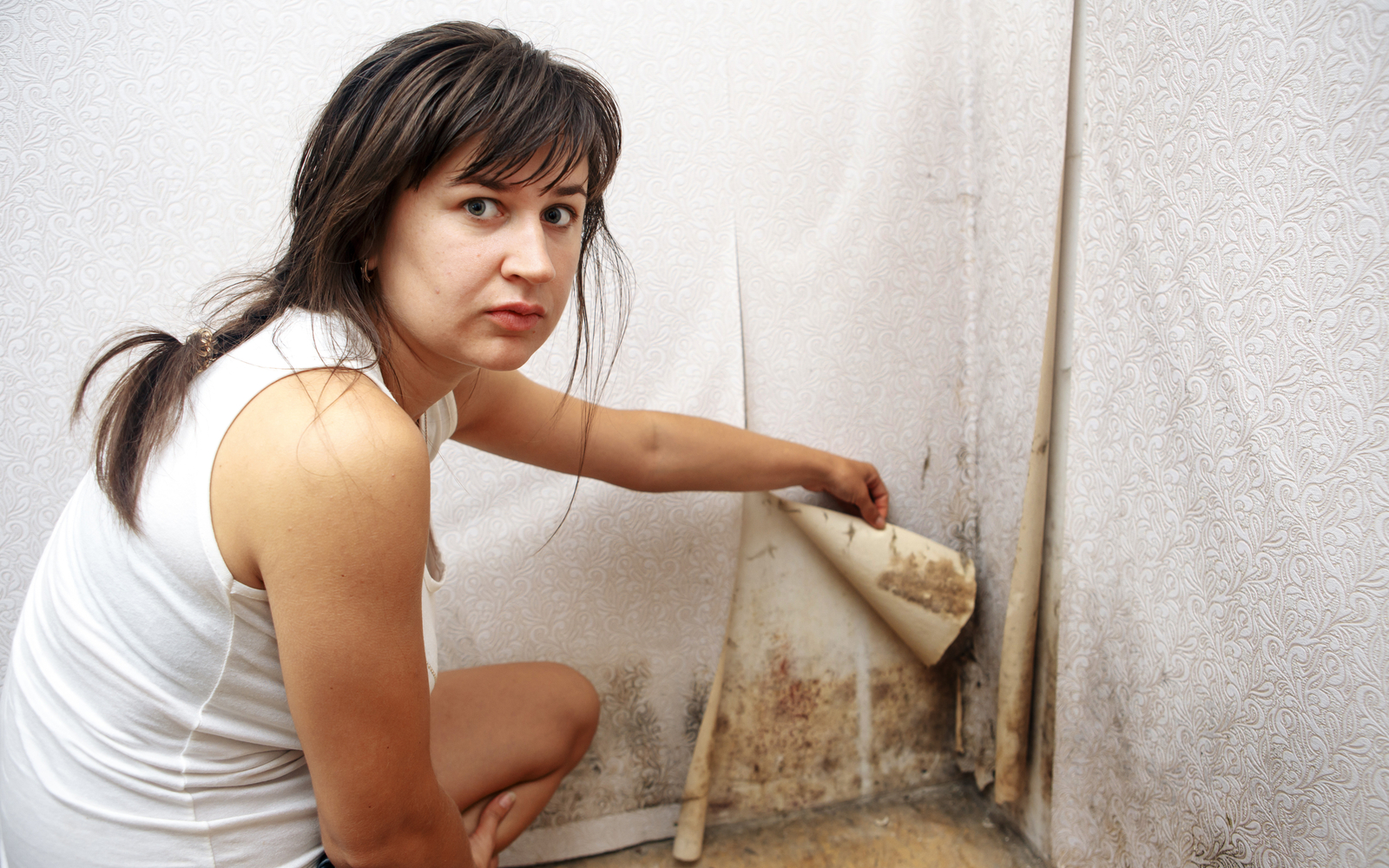Plaque is the most well-known culprit for cavities but rarely do we look at other factors that may lead to these small areas of decay. For many families, cavities can be a common occurrence, as children between the ages of 12 and 19 have at least one untreated decaying tooth, according to the CDC. However, sometimes cavity development can exist beyond poor hygiene and sugar-filled diets. Our environment may play a part in how cavities develop, and in recent studies, mold throughout our homes may a potential cause.
How Black Mold May Lead To Cavities
From what we know about bacteria, bacteria love environments that are warm and moist, making our mouths the perfect area for bacteria strains such as the Streptococcus mutans to thrive. This strain is largely responsible for cavities, but many dentists and researchers have to look at the presented data about cavities and often conclude that cavities are a result of poor oral hygiene, medications, and other health-related problems.
However, for low-income families, living in homes infested with mold can cause substantial problems to their health. Black mold and other species of fungi often inhabit areas that are warm, moist, and hard to reach, making it easy for the mold to spread toxic spores. These toxic spores and mycotoxins spread throughout their environment, making an easy way into our sinuses and respiratory systems. Mold infestations can result in severe inflammation alongside other symptoms, including:
- Coughing
- Stuffy Noses
- Sneezing
- Trouble Breathing
- Congestion
- Watery Eyes
- Sore Throats
- Dry Mouth
When families become highly exposed to mold, these infections to the sinuses and respiratory airways can lead to dry mouth. A dry mouth causes our mouths to produce less saliva, which can lead to many oral problems such as cavities, gingivitis, and eventually tooth loss. A lack of saliva deprives our bodies of the necessary components needed to keep our mouths healthy, and that’s why we highly emphasize making sure that you schedule an appointment with your dentist for treatment of dry mouth and other conditions.
Resources For Mold Infestation and Cavity Prevention
Research is still needed to validate the connection between black mold infestations and cavity development, but it’s still vital to take care of your oral health. According to the ADA, over 90% of people experience one cavity at one point in their lives. If you believe that you may have a mold infestation in your home, you can reference FEMA’s guidelines on how to remove black mold and other types of fungi from your home. We highly recommend visiting your dentist after your mold removal to help check up on your dental health and help you and your family recover from your symptoms. If you or a loved one believe you may have symptoms of dry mouth, arrange an appointment with your primary or family dentist today to learn about treatments, you can receive.



